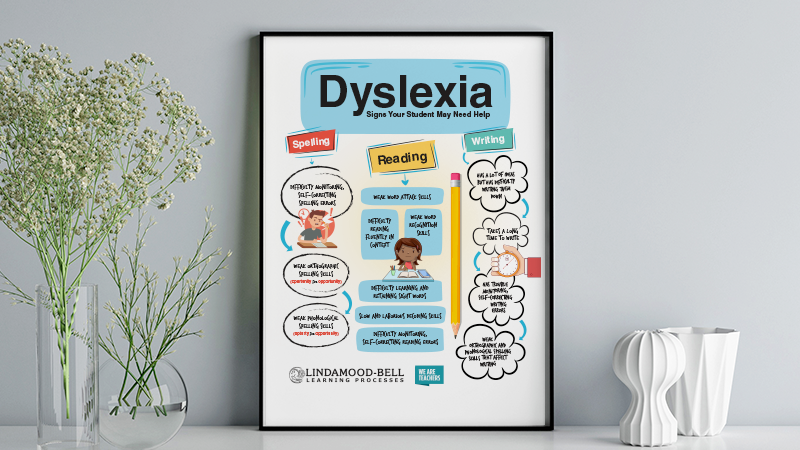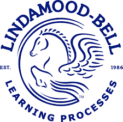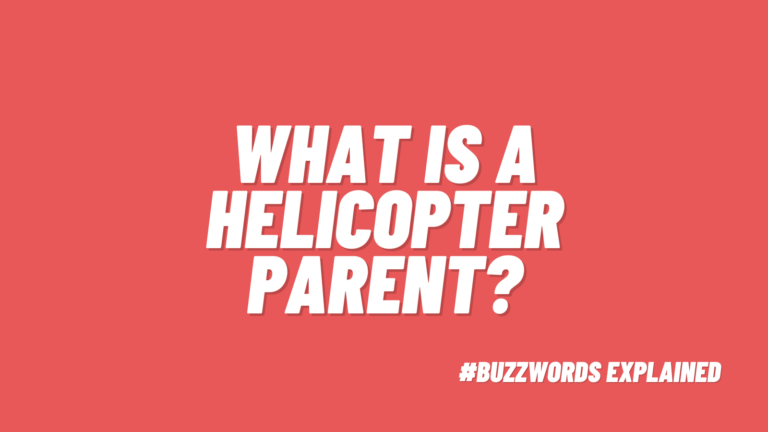When a student struggles with reading or has a dyslexia diagnosis, extra help typically focuses on phonics and spelling rules. Unfortunately, many students, even those who have had years of extra help, continue to have a hard time reading. It may seem like the only thing that can help are accommodations like extra time on tests or audiobooks. Most teachers are aware that the brain’s architecture underlies reading. However, few realize they can make a difference at the neurological level—even for their students with dyslexia—by rewiring a struggling reader’s brain.
Is dyslexia permanent? Science weighs in.
A National Science Foundation–funded study from the Institute for Learning and Brain Sciences, University of Washington (UW) examined growth in reading skills and white matter in school-aged, struggling readers. Diffusion MRI data collected during eight weeks of special instruction showed large-scale changes in white matter and significant growth in reading skills.
Dr. Jason Yeatman, one of the researchers, says that although dyslexia is often considered permanent, his findings prove otherwise. The research shows that targeted, intensive instruction leads to “substantial” improvements in reading skills. It also changes the “underlying wiring of the brain’s reading circuitry.”
“It’s underappreciated that teachers are brain engineers who help kids build new brain circuits for important academic skills, like reading,” says Yeatman.
How can teachers change a struggling reader’s brain?
Symbol imagery, the ability to visualize letters in the mind’s eye, is an important part of reading and spelling because it underlies both phonological and orthographic processing. Students who read fluently and are able to self-correct their errors have strong symbol imagery. Struggling readers, however, have weak symbol imagery because the interplay of imagery and language is necessary for sounding out new words and quickly recognizing letters and common words.
The good news for struggling readers is that they can be taught to read and spell to their potential, regardless of their age or previous dyslexia diagnosis. Teachers can help rewire these students’ brains by assessing and developing symbol imagery, which is the basis for orthographic awareness, phonemic awareness, word attack, word recognition, spelling, and contextual reading fluency.
Try these brain engineering tips for teachers.
1. Check for understanding.
Not sure if your student comprehended what they just read? Ask them, “What does that make you picture?” If a student can recall their imagery, they got it!
2. Teach common words.
Whether your student is a beginning reader or has trouble quickly deciphering “drought,” you can offer support. Here’s how to use imagery to help them commit new words to memory:
- Have students decode a short list or deck of common words to identify which ones aren’t automatic.
- Zero in on one tricky word to tackle at a time.
- Tell them what the word says, cover the word, then have them “write” it in the air with their finger.
- Have them read it from their visual memory. This may be tough to get used to at first. Rest assured, prompting students to visualize a word like “one” helps them remember it the next time they see it. Direct stimulation of symbol imagery improves reading and spelling.
3. Monitor Accuracy
Let’s say your student makes an error while reading aloud to you, like saying “action” for the word “attain.” Cover the word and ask, “What letters would you see for that /shun/ ending?” Getting this practice of visualizing letters will help build up their abilities.
Printable Infographic: Dyslexia: Signs Your Student May Need Help
Get your free printable infographic, Dyslexia: Signs Your Student May Need Help. Use it to help you pinpoint warning signs you may find in your student’s reading, spelling, and writing. Save it to your files, print it as a quick reference guide, and/or share it with your colleagues. Click the orange button below to get your copy.



